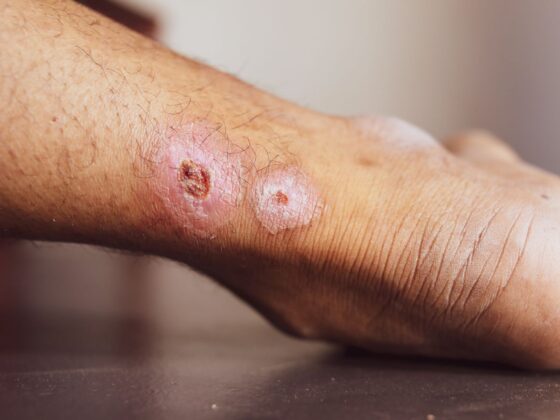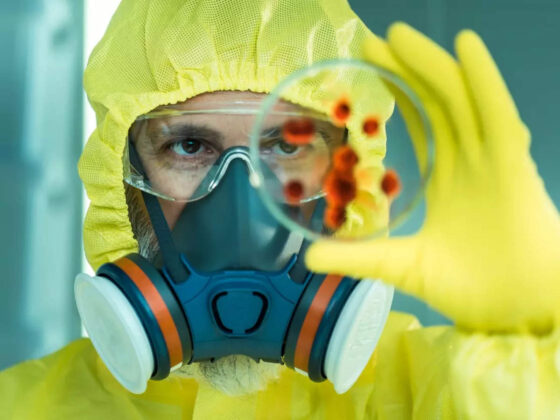Boston University biomedical engineers and collaborators from the University of Vermont have begun to crack one of the most life-threatening mysteries behind the relationship between silent hypoxia and coronavirus following different scenarios.
According to Science Daily, researchers are still unaware of the fact that tells the reason behind why the lungs of a Covid-19 patient stop providing oxygen to the bloodstream. All the findings would be done with the help of computer models and comparisons with real patient data.
Silent hypoxia is a condition when oxygen levels in the body are abnormally low, which can cause major damage to the vital organs of the body if gone undetected for a long period of time.
Despite experiencing dangerously low levels of oxygen, many people infected with severe cases of Covid-19 sometimes show no symptoms of shortness of breath or difficulty breathing. Hypoxia’s ability to quietly inflict damage is why it’s been coined “silent.”
According to the research, coronavirus is believed to first damage the lungs restraining them to function properly. Those tissues then lose oxygen, causing silent hypoxia. But exactly how that effect occurs is under the table till now. “We didn’t know [how this] was physiologically possible,” says Bela Suki, one of the authors of the study, when many of the patients showed almost no signs of abnormalities when they were undertaken for a lung scan.
The results of the research, attained after a deep study with the help of a computer model is been published in Nature Communications which unveils the study by the lead author of the new study Jacob Herrmann. It states, “Silent hypoxia is likely caused by a combination of biological mechanisms that may occur simultaneously in the lungs of Covid-19 patients.”
The good thing that researchers revealed is the ability of the lungs to constrict the blood vessels in absence of sufficient oxygen caused by an infection which then forces blood to flow through lung tissue crammed with oxygen, throughout the body.
According to Herrmann, “Preliminary clinical data have suggested that the lungs of some Covid-19 patients had lost the ability to restrict blood flow to already damaged tissue, and in contrast, were potentially opening up those blood vessels even more, which is hard to measure on a CT scan.”
The second scenario observed by the researchers with the help of a computer model found that silent Hypnoxia can provoke when the lining of blood vessels are inflamed from the COVID-infection
The last step was to find if Covid-19 interferes with the normal ratio of air-to-blood flow, vital for lungs to function normally. The researchers found that the mismatched air-to-blood flow ratio is a common symptom in many respiratory illnesses, like asthma and this mismatch doesn’t appear injured or abnormal on lung scans.
In all, the researchers concluded that a combination of all three factors can contribute to abnormal oxygen in some Covid-19 patients, and to attain perfection in making choices about treating patients, the clinical are suggested using measures like ventilation and supplemental oxygen.
According to the report provided by Science Daily, a number of interventions are currently being studied to have a more informed study about the combinations varying from patient to patient.
One of them is a low-tech intervention called prone positioning that flips patients over onto their stomachs, allowing for the back part of the lungs to pull in more oxygen and evening out the mismatched air-to-blood ratio.











